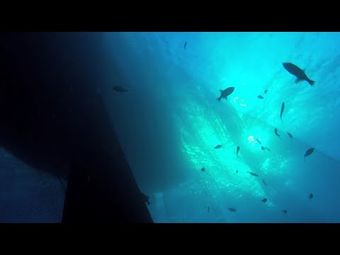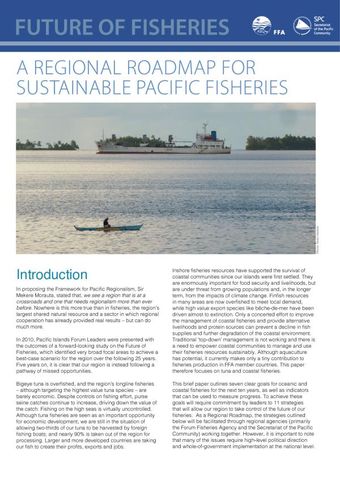Rays of the world
- Description:
- The first illustrated guide to the over 630 known species of rays found on the planet. Rays are among the largest fishes and evolved from shark-like ancestors nearly 200 million years ago. They share with sharks many life history traits: all species are carnivores or scavengers; all reproduce by internal fertilisation; and all have similar morphological and anatomical characteristics, such as skeletons built of cartilage. Rays of the World is the first complete pictorial atlas of the worlds ray fauna and includes information on many species only recently discovered by scientists while undertaking research for the book. It includes all 26 families and 633 valid named species of rays, but additional undescribed species exist for many groups. Rays of the World features a unique collection of paintings of all living species by Australian natural history artist Lindsay Marshall, compiled as part of a multinational research initiative, the Chondrichthyan Tree of Life Project. Images sourced from around the planet were used by the artist to illustrate the fauna. This comprehensive overview of the worlds ray fauna summarises information such as general identifying features and distributional information about these iconic, but surprisingly poorly known, fishes. It will enable readers to gain a better understanding of the rich diversity of rays and promote wider public interest in the group. Rays of the World is an ideal reference for a wide range of readers, including conservationists, fishery managers, scientists, fishers, divers, students and book collectors.
- Display date:
- 2016
- Collections:
- Secretariat of the Pacific Regional Environment Programme (SPREP)
- Publisher:
- CSIRO Publishing
- Content partner:
- Secretariat of the Pacific Regional Environment Programme (SPREP)
- Availability:
- Not specified
-
Copyright status: All rights reservedFind out more about what you are able to do with this itemThis item is all rights reserved, with means you'll have to get permission from Secretariat of the Pacific Regional Environment Programme (SPREP) before using it. For more information, please see our use and reuse page.What can I do with this item?Non-infringing useNZ copyright law does not prevent every use of a copyright work, and this item may be hosted by an international institute or organisation. You should consider what you can and cannot do with a copyright work.No sharingYou may not copy and/or share this item with others without further permission. This includes posting it on your blog, using it in a presentation, or any other public use.No modifyingYou are not allowed to adapt or remix this item into any other works.No commercial useYou may not use this item commercially.
Related items
Welcome and warm Pasifik greetings
The information on this site has been gathered from our content partners.
The names, terms, and labels that we present on the site may contain images or voices of deceased persons and may also reflect the bias, norms, and perspective of the period of time in which they were created. We accept that these may not be appropriate today.
If you have any concerns or questions about an item, please contact us.

